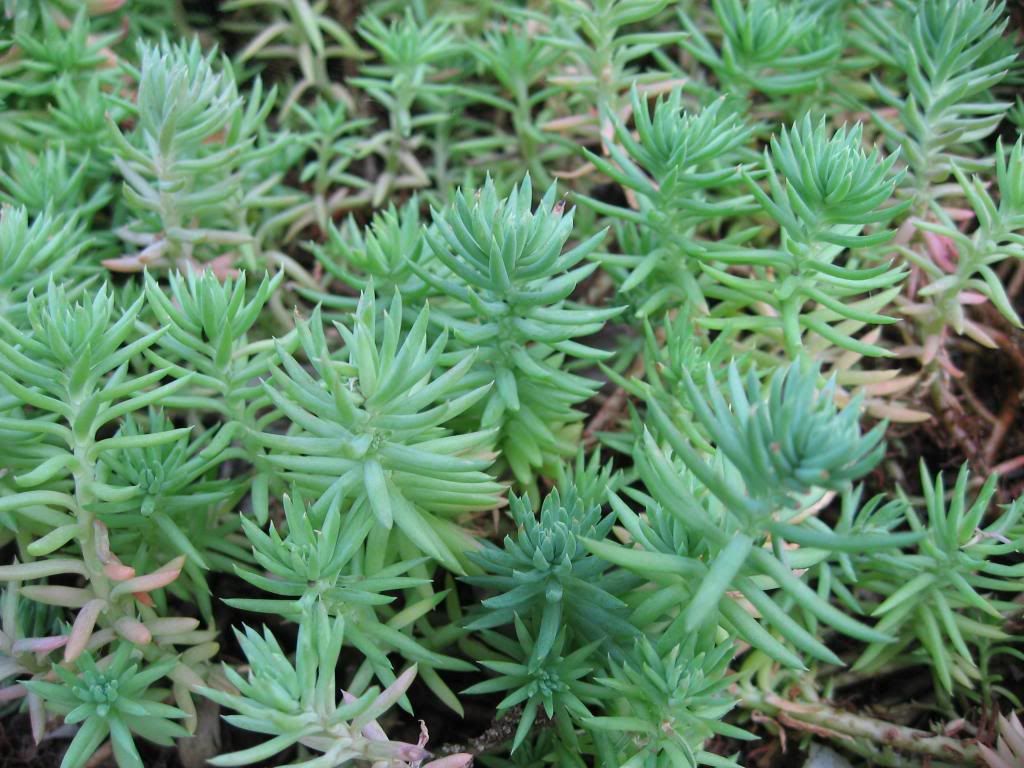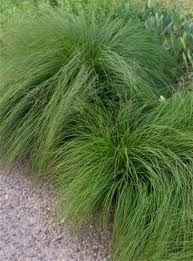The main requirement of green roof plants is that they must be wind and drought tolerant, especially on high-level applications. Suitable green roof plant species are determined by taking into account the microclimate of the roof. This would involve looking at things like the growing medium depth, water availability, sun exposure and wind exposure on the roof, and then you choose plants that have evolved to survive those conditions! Sounds easy, right? Think again!
There are so many possibilities when it comes to green roof design, and so many different climates in North America that it would be impossible to list all of the possible plants that could be used on a green roof. I'll just go over some of the basics (and some of our favourites to use).
One of the most common plants used on green roofs are succulents. Succulent plants have evolved in arid climates and soils, making them quite drought tolerant and water-retaining. Succulents have a quick rate of growth, are wind resistant and can live in shallow soils. These plants can basically create a humid micro-habitat on the roof because of their spiny, waxy, or hairy surfaces, which help reduce water loss and air movement.
Some of our favourites to use include Sedum album, Sedum sexangulare, Sedum floriferum, Sedum reflexum, Sedum spurium, Sedum acre, and Sedum hispanicum. These varieties are especially hardy and often make up the 'base' of our green roof projects.
Sedum spurium

Sedum reflexum

Even when the green roof is mostly covered with Sedum species, we like to add some additional interest by adding plants with a higher profile. It's great when you are able to see a green roof even when you are standing on the ground below. We like to use taller grasses and perennials for this purpose. Some of the most common grasses we use include Prairie Dropseed, Little Bluestem, Big Bluestem, Reed Grass, and Fescues. In terms of perennials, we have found that Asters, Allium, Euphorbia, Echinacea, Black Eyed Susans and herbs like Lavender do quite well.
Echinacea

Prairie Dropseed

As long as the green roof can hold the weight, you can even add shrubs and small trees to a green roof! This increases the maintenance and water requirements of a green roof, but also adds biodiversity and a more natural landscape.
With less than 1 ft of soil, you can grow most vegetables, herbs and even some fruits on top of your house, shed or garage. These gardens can serve residents, restaurants, community groups and schools by providing local, organic produce on site for kitchens and nutrition programs. As you can see, the possibilities are endless!
If you are looking for a more in-depth list of appropriate green roof plants, Green Roofs for Healthy Cities provides a great resource - the Green Roofs Tree of Knowledge, which can be found at: www.greenroofs.org/grtok/.
Alena Dawson
Green Roofing Professional